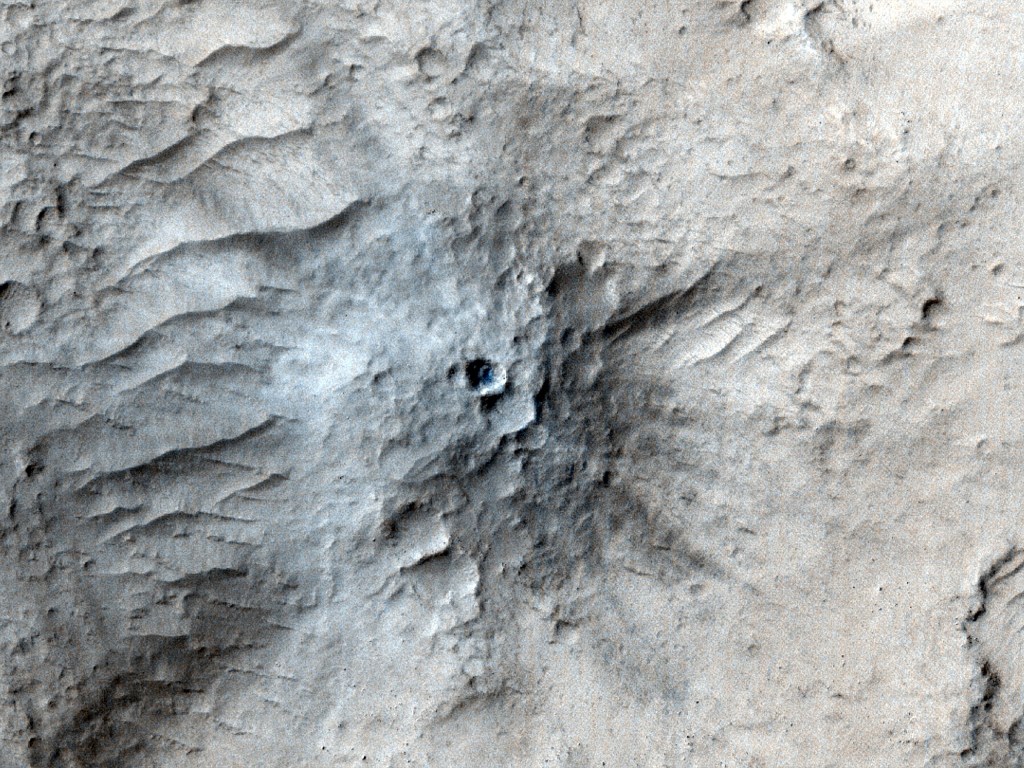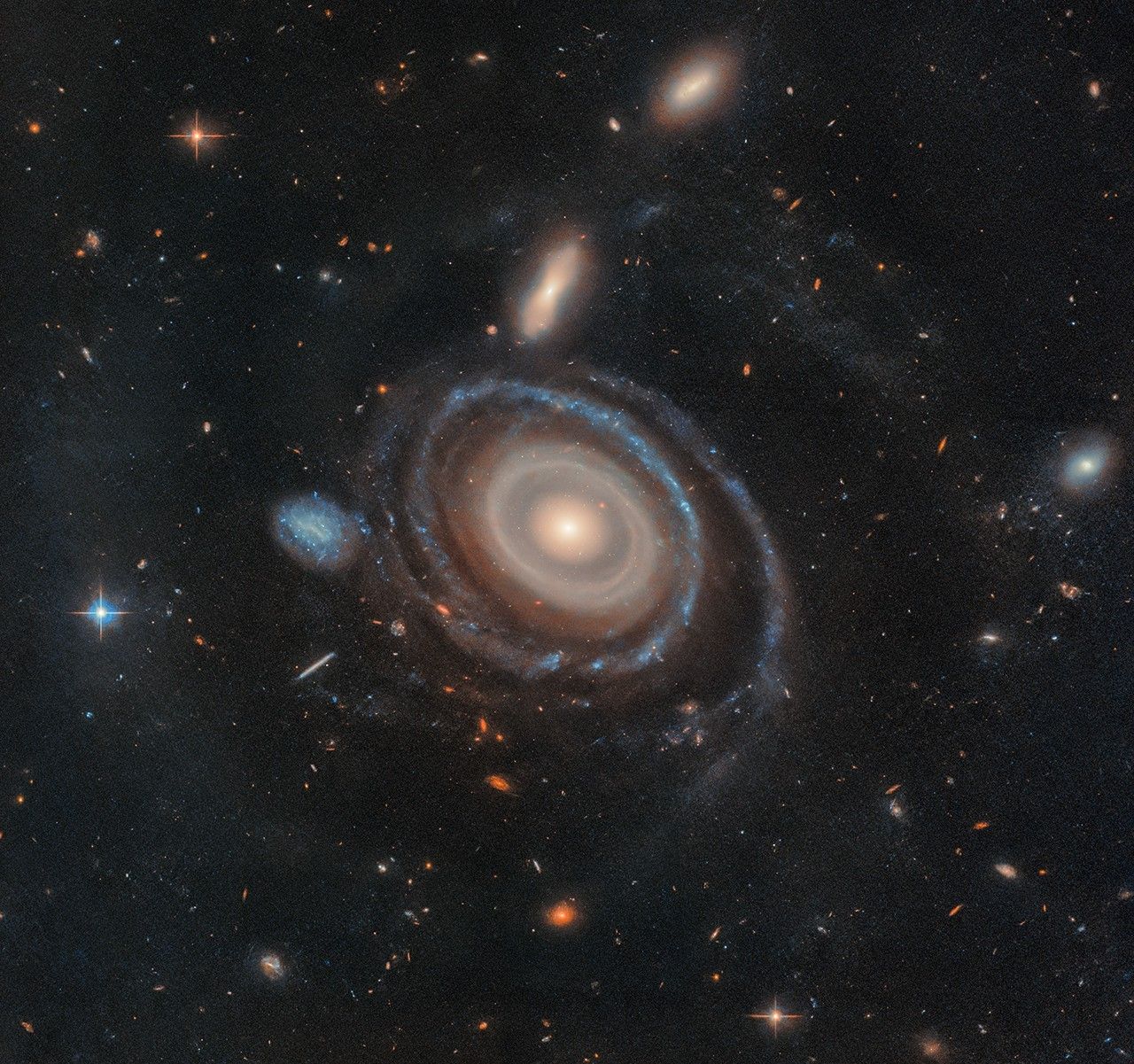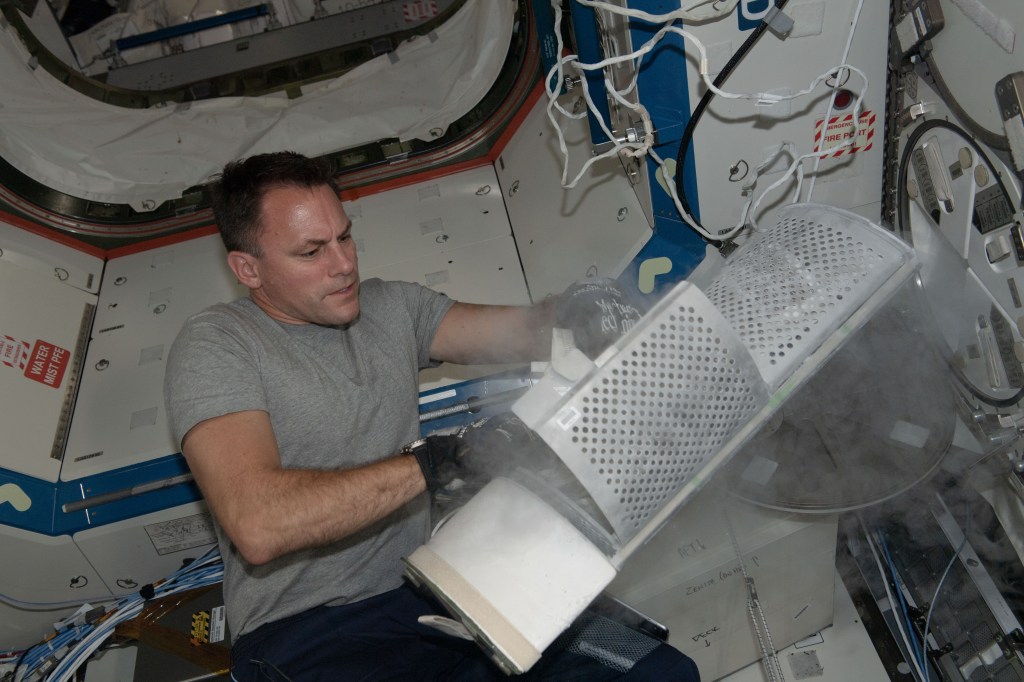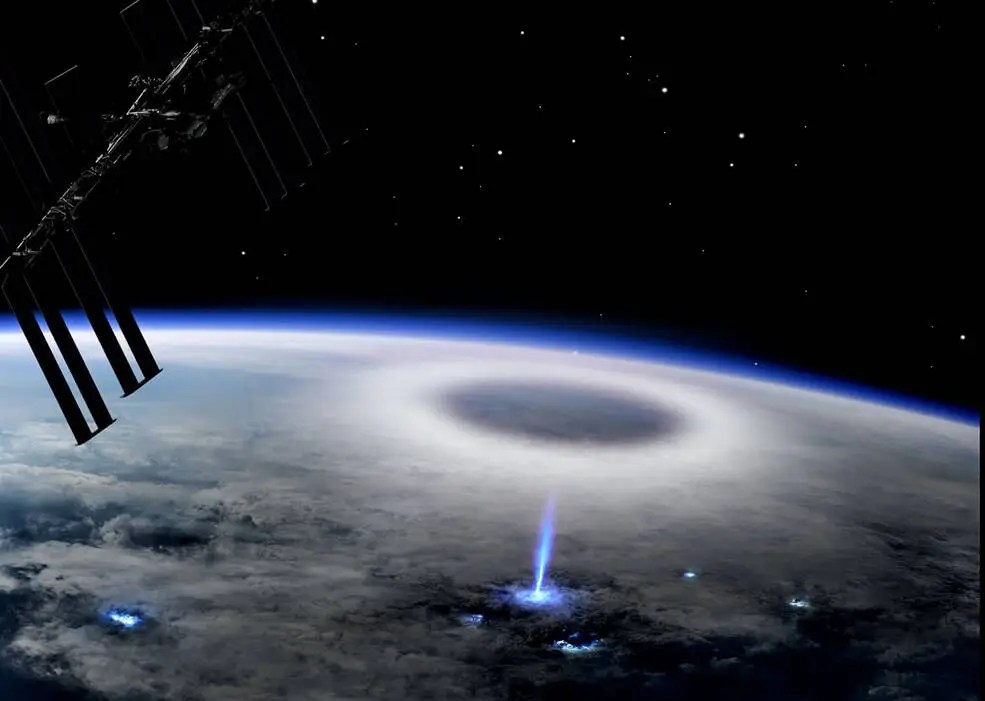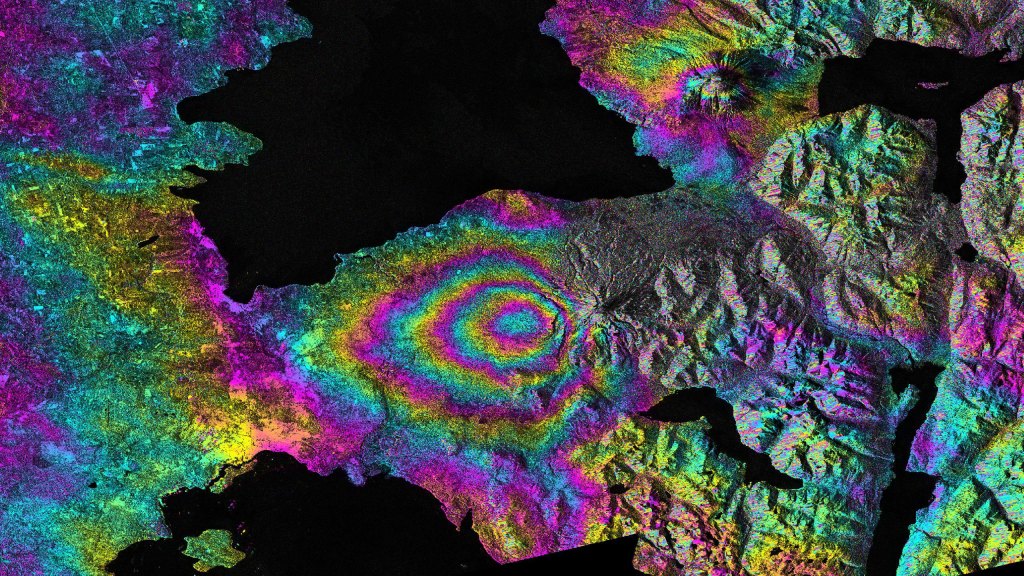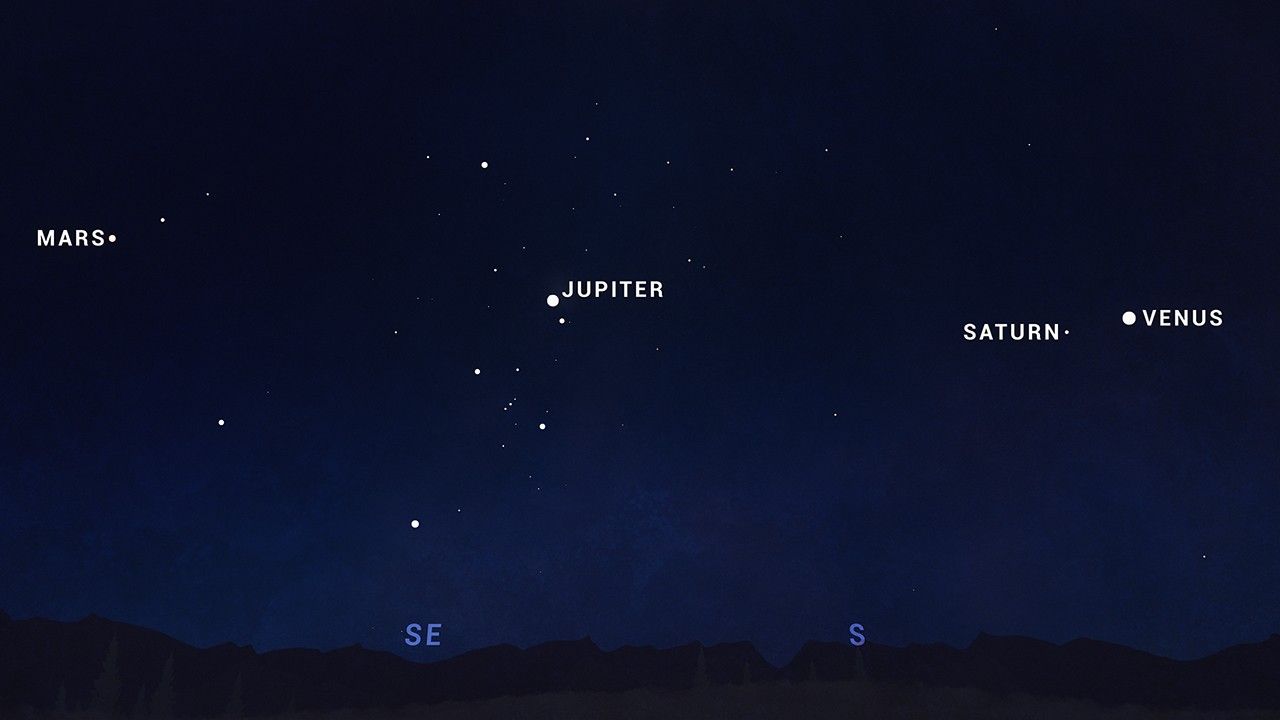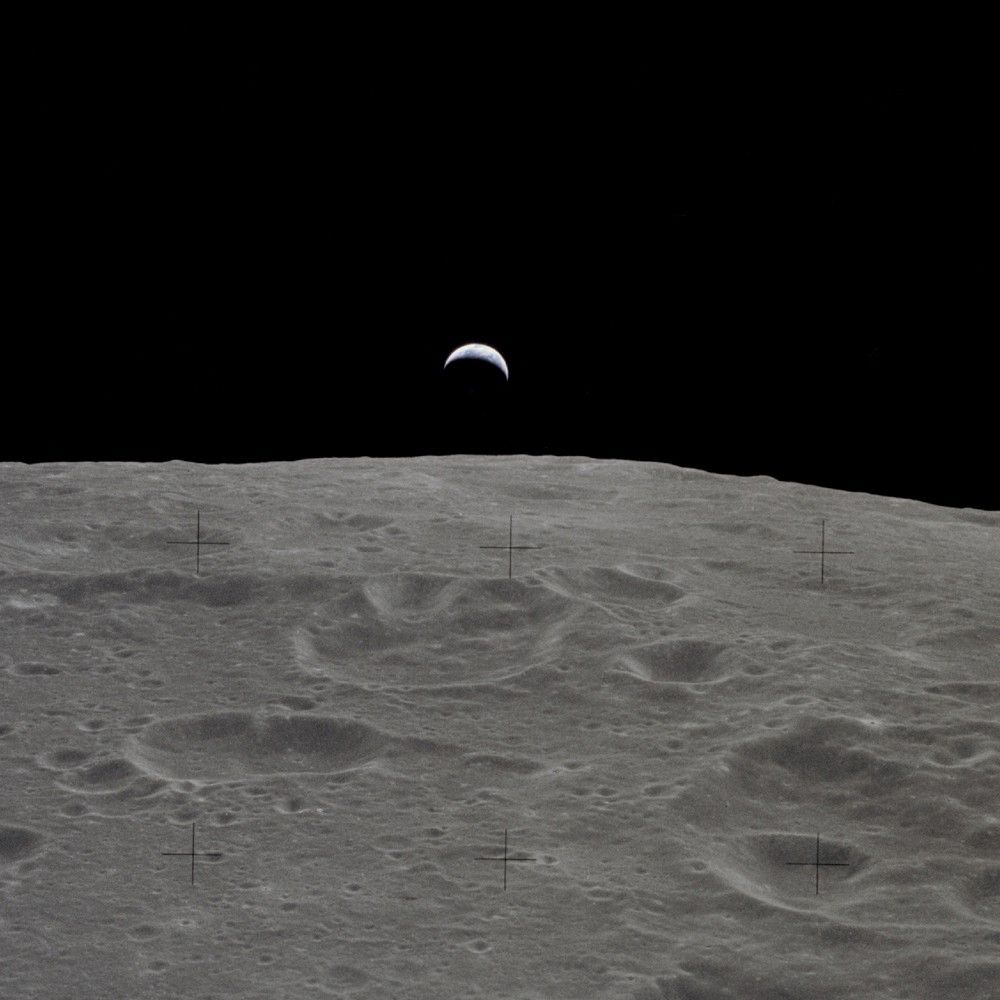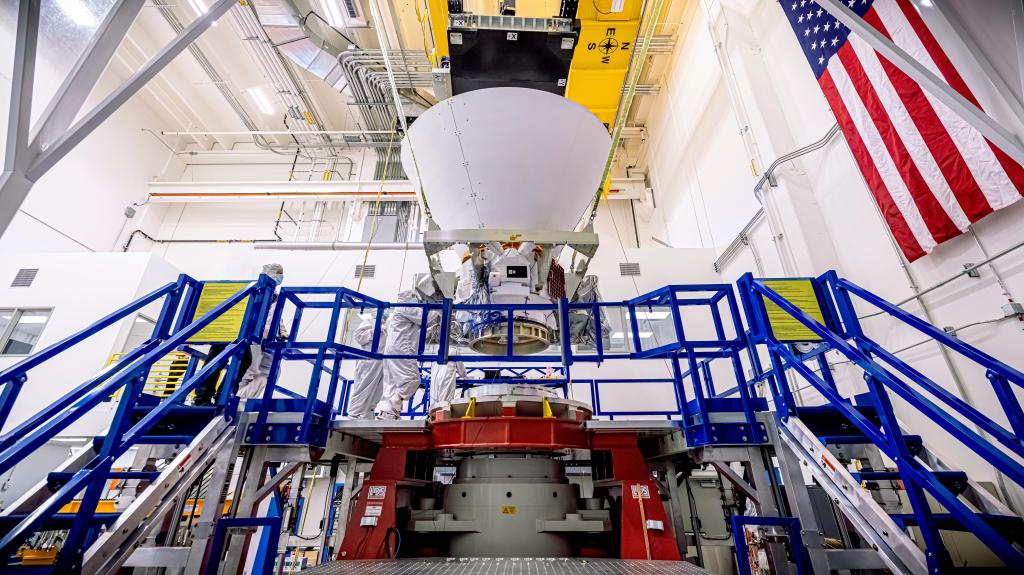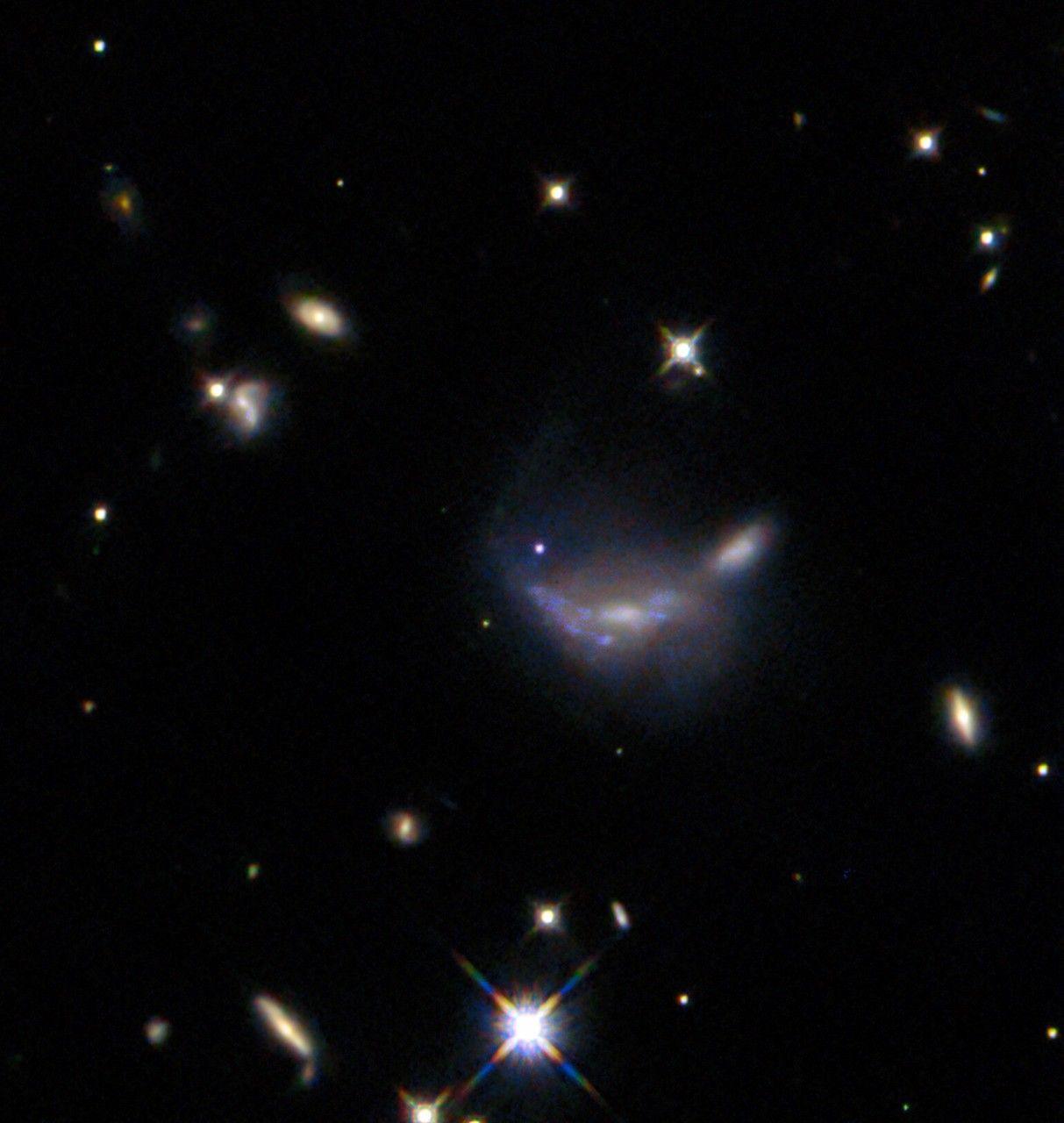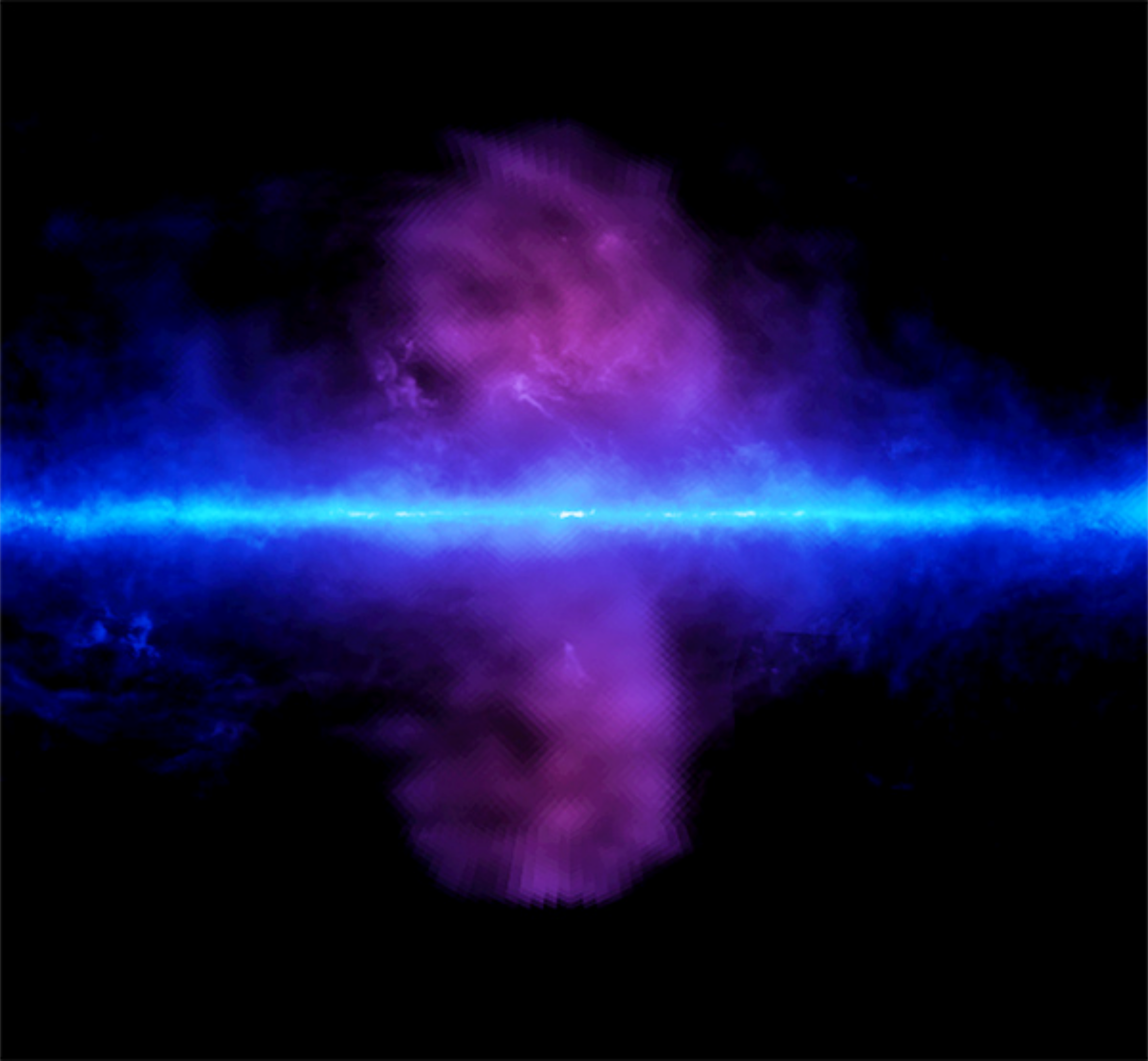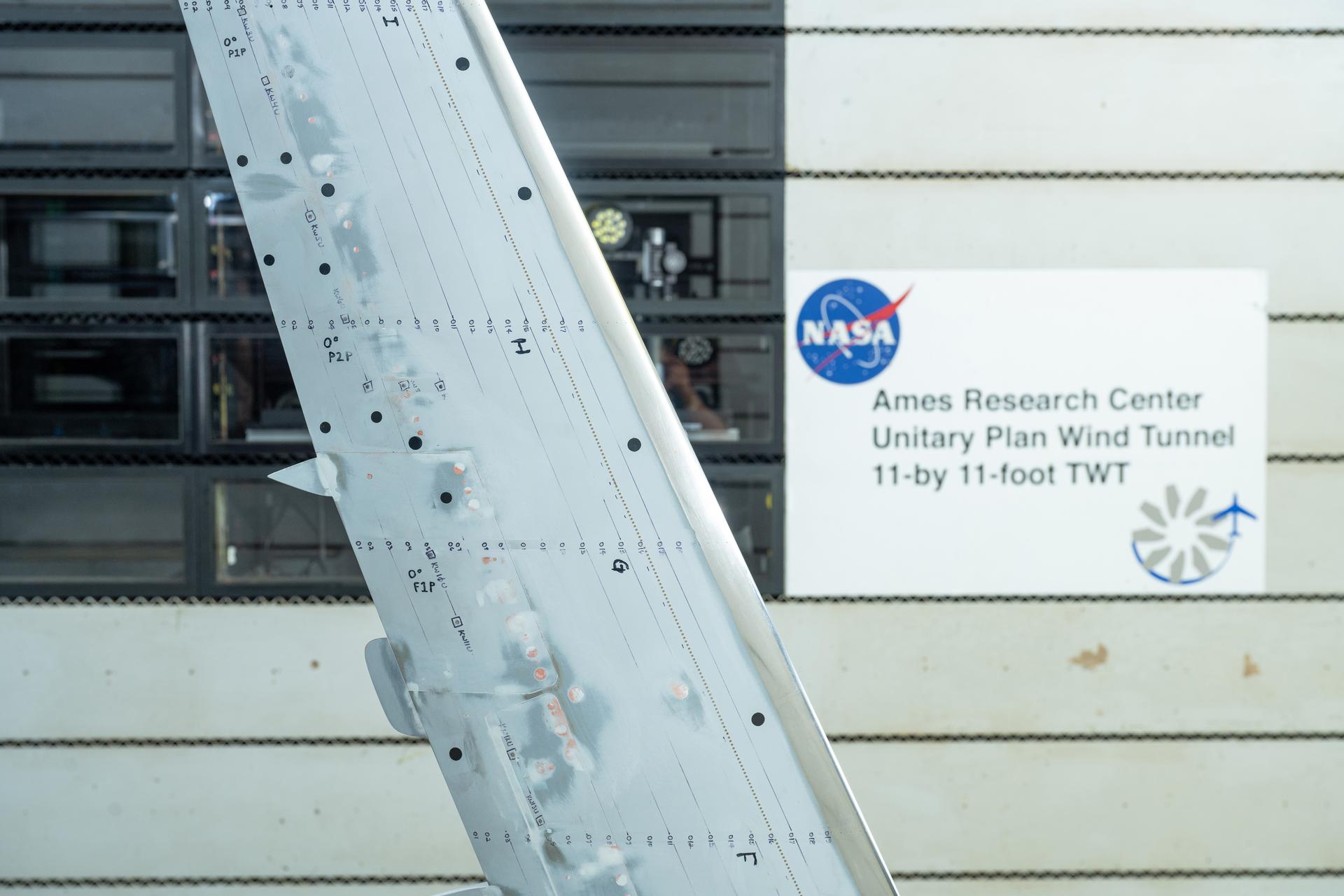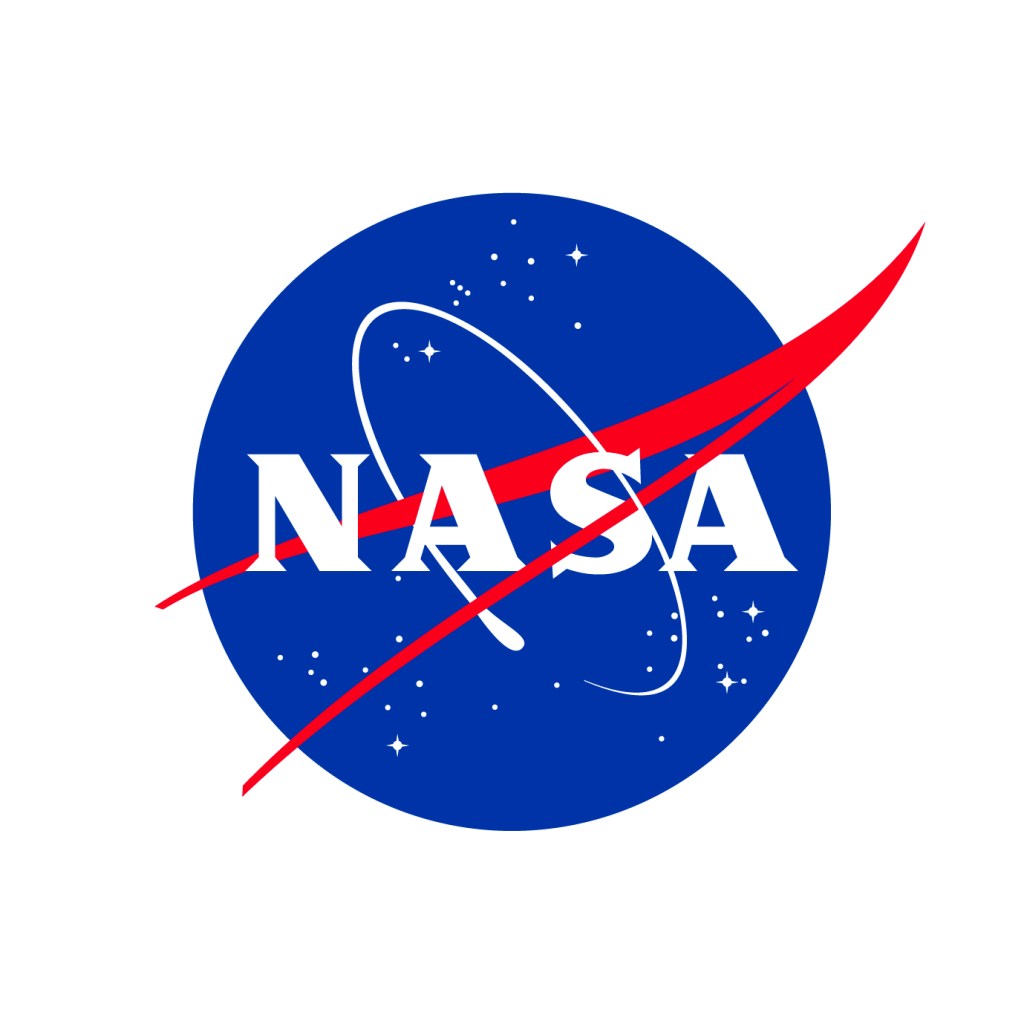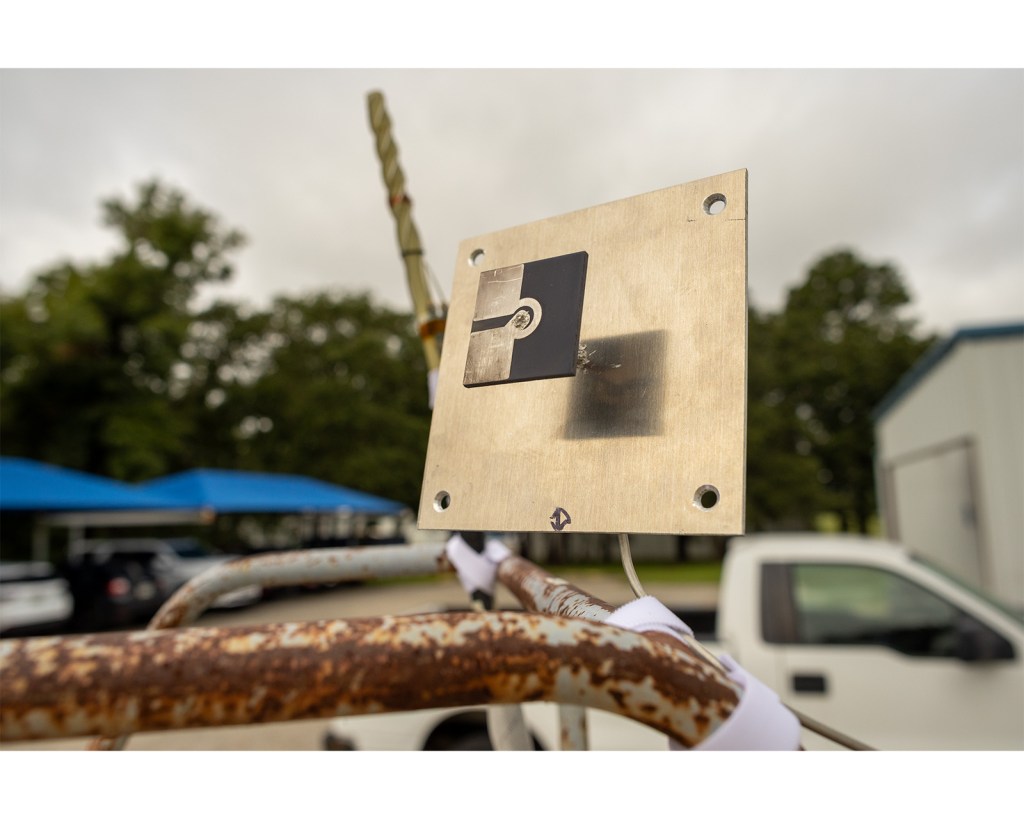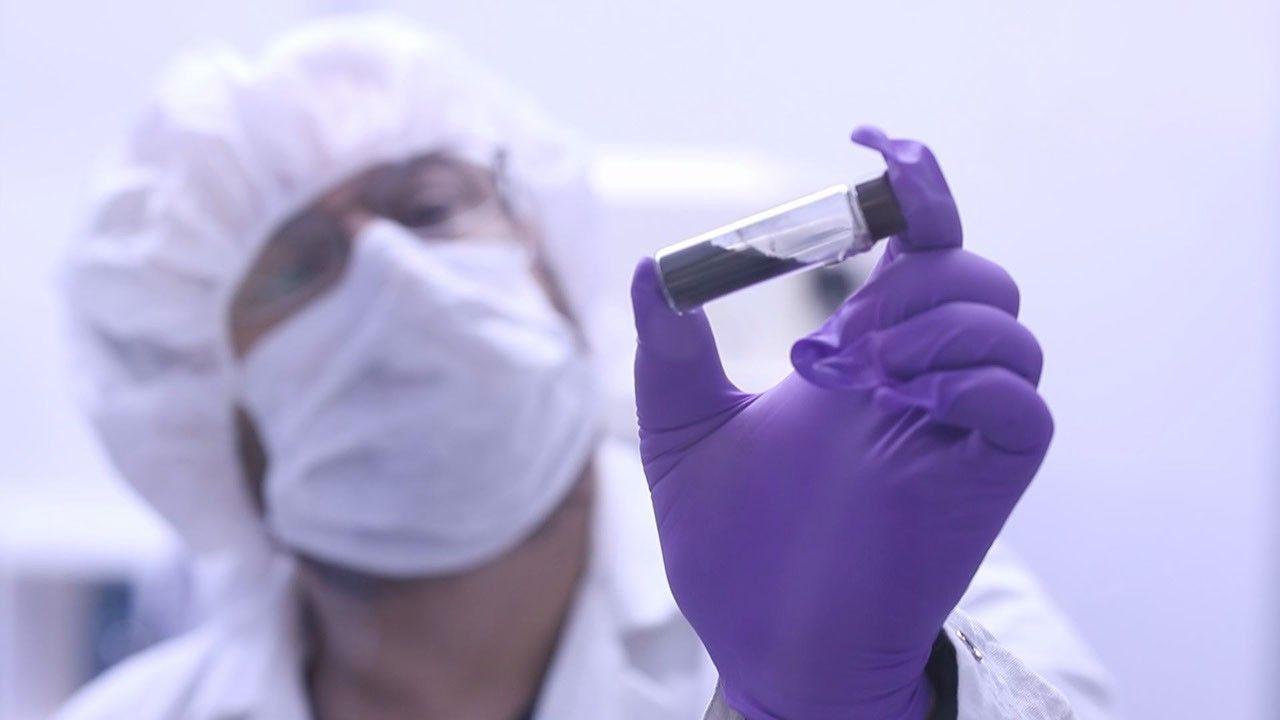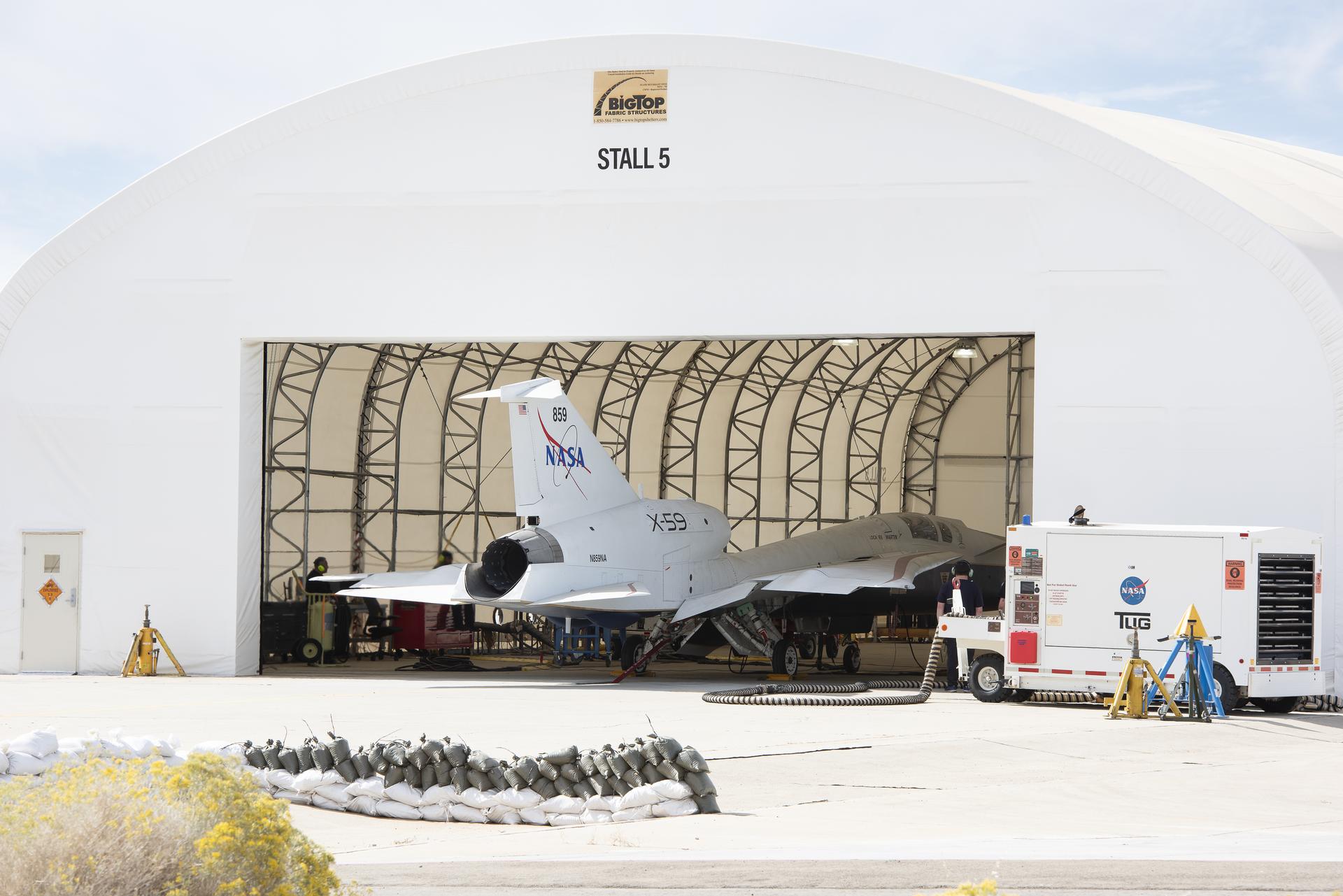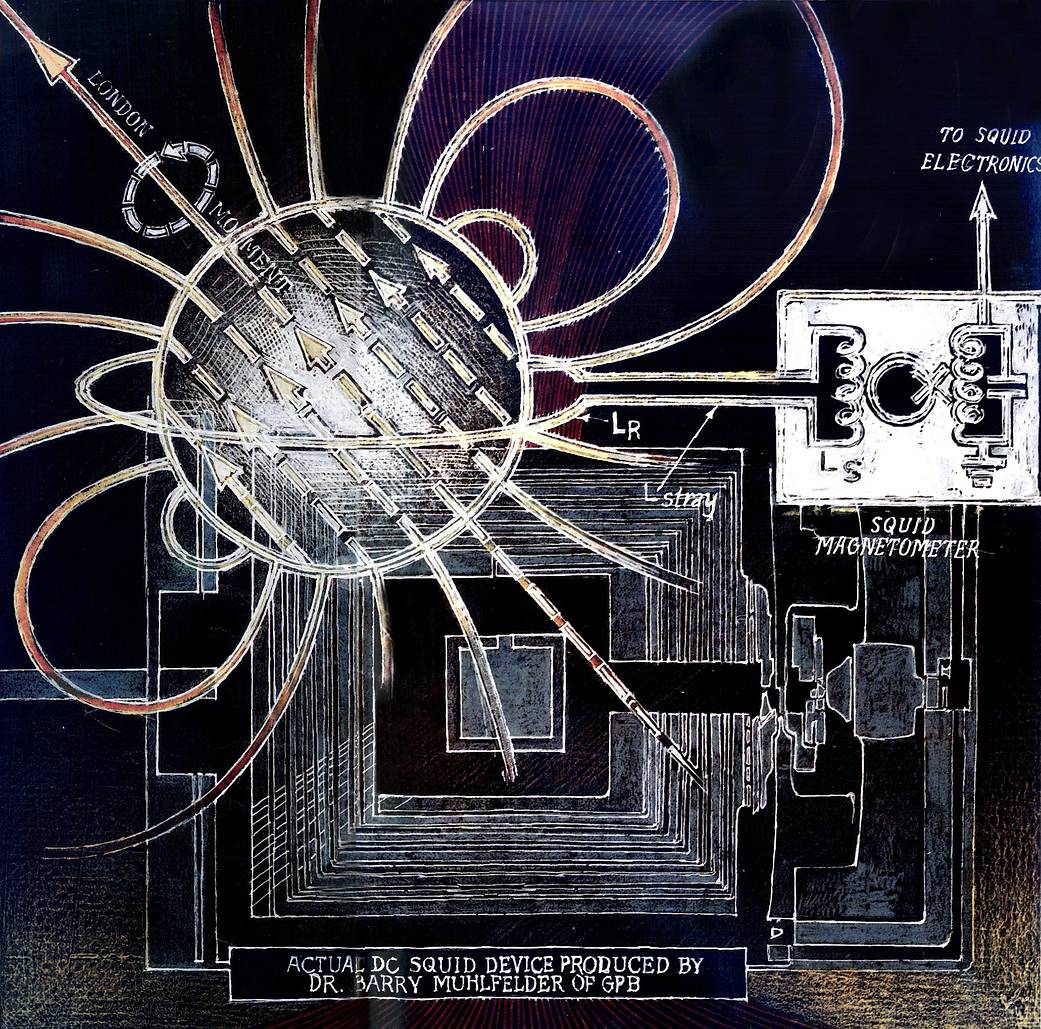Reading the spin direction of a perfectly round object presented experimenters at Stanford with a complex and critical problem. Solving that problem required developing a way to observe or “readout” the spin direction of the gyroscope in relation to the curvature and rotation of space-time. The Gravity Probe B team found the solution in a phenomenon known as superconductivity. At temperatures nearing absolute zero (1.8 degrees kelvin), the niobium coated rotor of the gyroscope generates a magnetic field or London moment. Acting as a pointer directly aligned with the spin axis of the rotor, this phenomenon is communicated, via a thin superconducting loop, to the Superconducting QUantum Interference Device or SQUID which “reads” the magnetic pointer.
Image credit: Stanford University/Barron Storey

